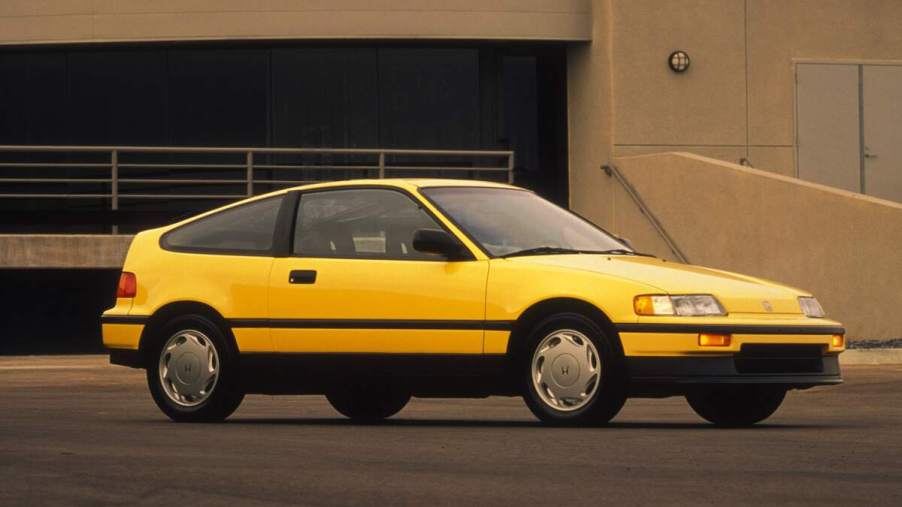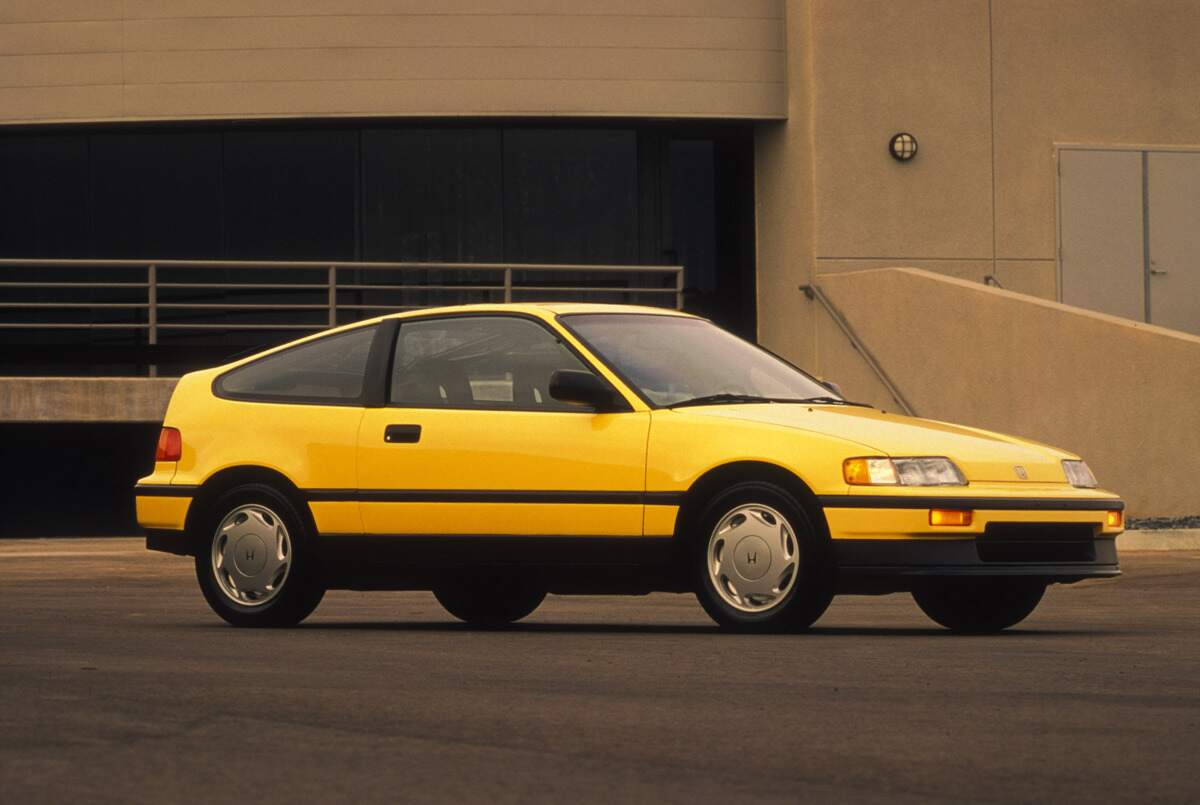
1 Dangerous Reason Why Old Cars Had Better Gas Mileage
As cars have become more advanced and complex, with more safety features and heavier builds, it would seem gas mileage would improve along with everything else. However, that has not been the case. In fact, some cars from the past achieved significantly better fuel economy than their modern counterparts. For example, certain ’80s and ’90s models could achieve 50 mpg without hybrid powertrains or electric components. So why can’t all modern cars, with all their technological advancements, get the same fuel efficiency?
Examples of older cars with great gas mileage

It might seem counterintuitive, but some older cars had better fuel economy ratings than their modern counterparts.
For instance, the 1963 Chevy Corvair coupe could achieve up to 30 mpg on the highway, thanks partly to its compact size and aerodynamic design. Similarly, the 1978 Ford Fairmont sedan had an average fuel economy of 25 mpg, which is still impressive by today’s standards.
The 1967 Volkswagen Beetle, with its iconic rounded body and small engine, was also known for its exceptional fuel efficiency. It could achieve 32 mpg on the highway, thanks to its lightweight design and an air-cooled engine requiring less fuel.
Cars from the ’80s and ’90s boasted even better gas mileage. According to automotive expert Doug DeMuro in a 2015 Autotrader article, the Chevy Chevette could get 48 mpg on the highway. And the Honda CRX achieved 52 mpg.
These older cars may have lacked modern vehicles’ advanced technologies and safety features, but they often made up for it with their fuel efficiency and affordability.
So, how did these old cars achieve such impressive gas mileage? The answer is simple: They were lighter and smaller than most modern vehicles. For instance, the Chevette weighed under 1,900 pounds, compared to a modern Ford Fiesta at 2,500 pounds, DeMuro explained. And the CRX weighed less than 1,700 pounds, while a comparable Honda Fit weighed at least 2,400 pounds.
In addition, older cars had less powerful engines, burning less fuel.
Fuel economy versus safety in older cars
The lightweight design of older cars, while contributing to better fuel efficiency, was one of the dangerous trade-offs that made them less safe in a crash. They also lacked the safety features we take for granted in today’s cars. In the past, cars were built using lighter materials such as aluminum and fiberglass, which provided less protection in collisions.
As a result, older cars were more dangerous than modern vehicles, even if they had better gas mileage. According to the National Highway Traffic Safety Administration (NHTSA), 2019 saw 36,096 fatalities in motor vehicle crashes. Although this number has decreased over time due to advancements in safety technology, it underscores the importance of safety when choosing a car. Fuel efficiency is an important consideration, but it should not come at the cost of safety.
Why modern cars are heavier and safer
Modern cars are generally heavier than older cars for several reasons. First, modern engines are larger and more powerful, requiring more weight to support them. Second, modern cars often have additional features to improve stability and safety, such as crumple zones, which absorb impact in a collision, and strategic weight distribution.
Furthermore, modern cars have many safety features not available in older cars. They include antilock brakes, airbags, and traction control systems. Those features add weight, but they also greatly enhance vehicle safety.
Finally, modern cars frequently come with features and comforts unavailable in older cars. These include air conditioning, advanced infotainment systems, and features like heated seats and parking sensors. While these features add weight, they also greatly enhance the driving experience and make modern vehicles more comfortable and convenient.


